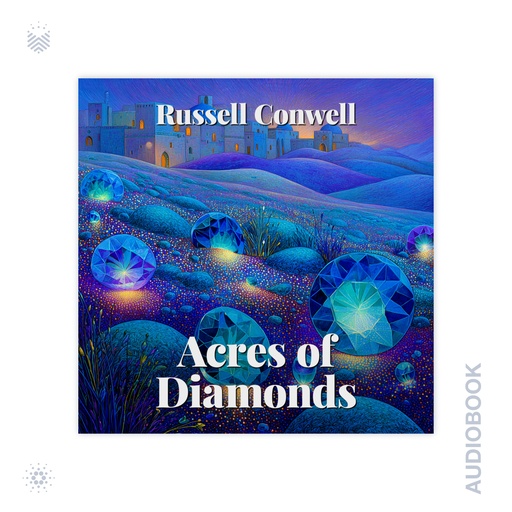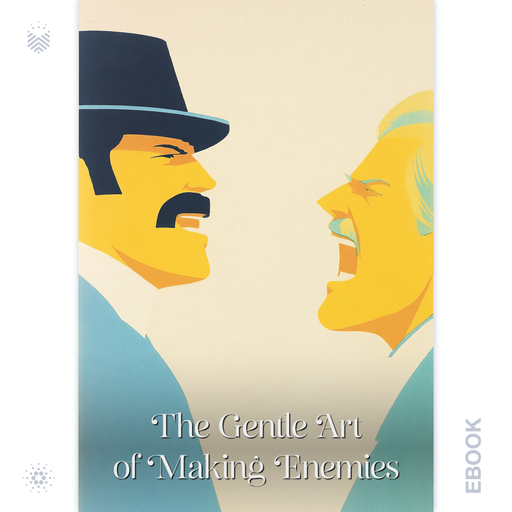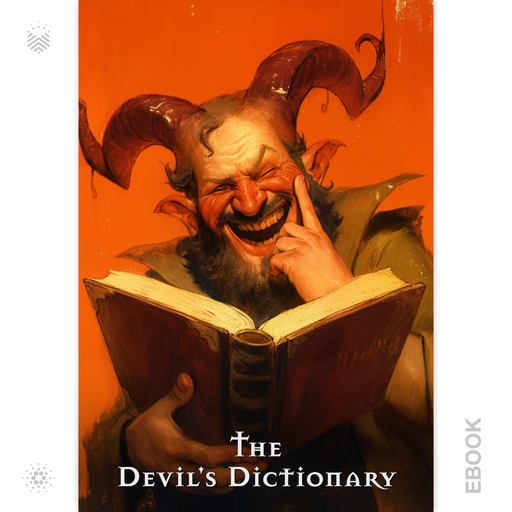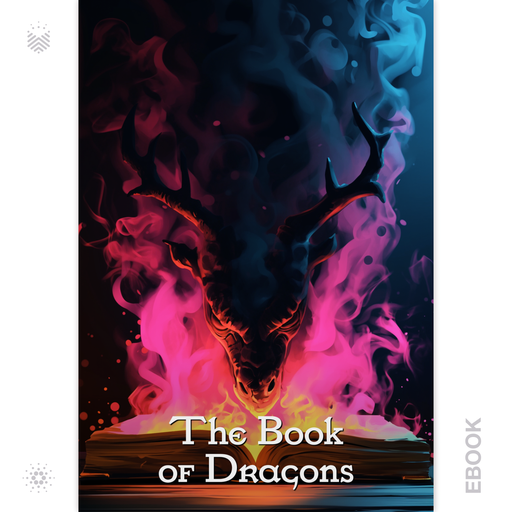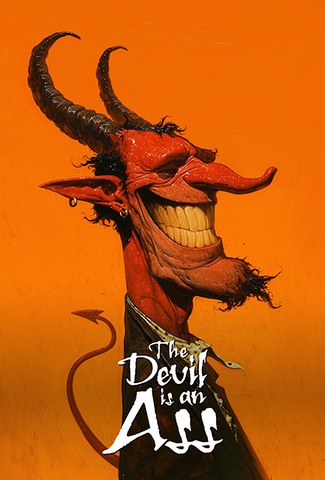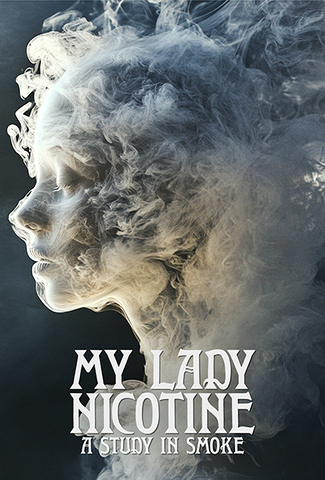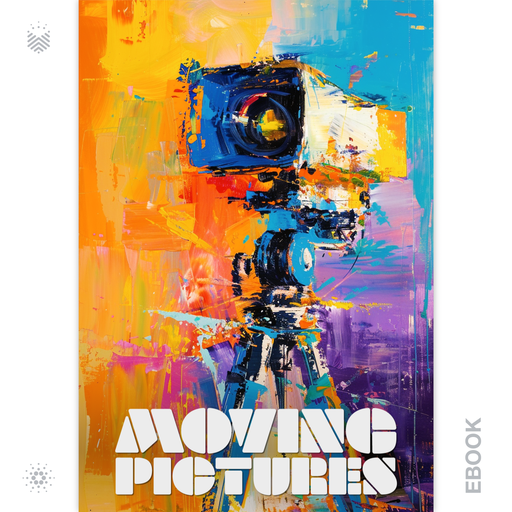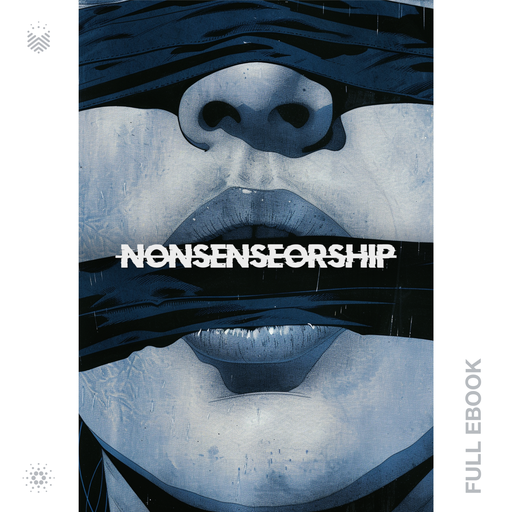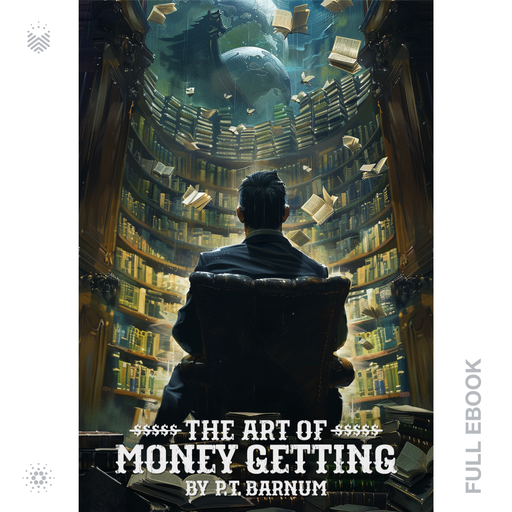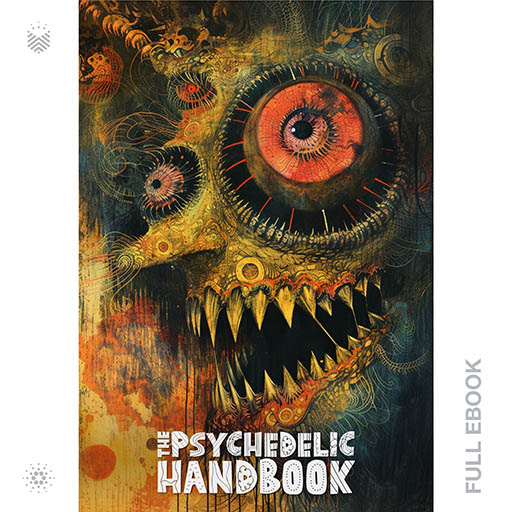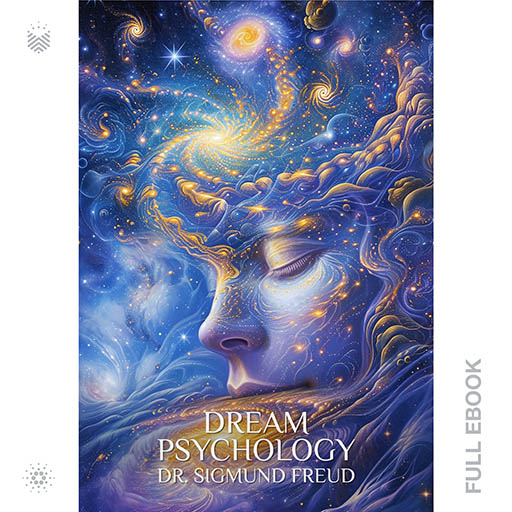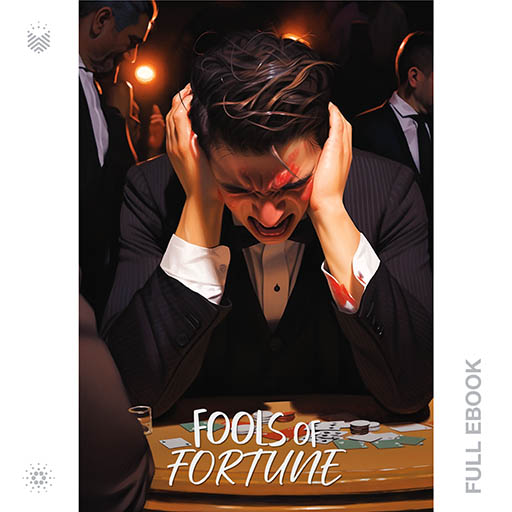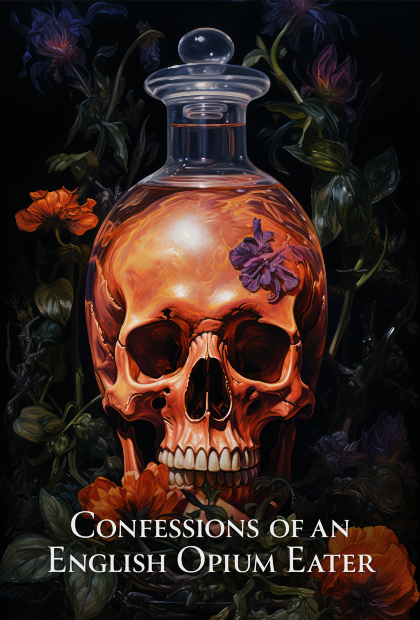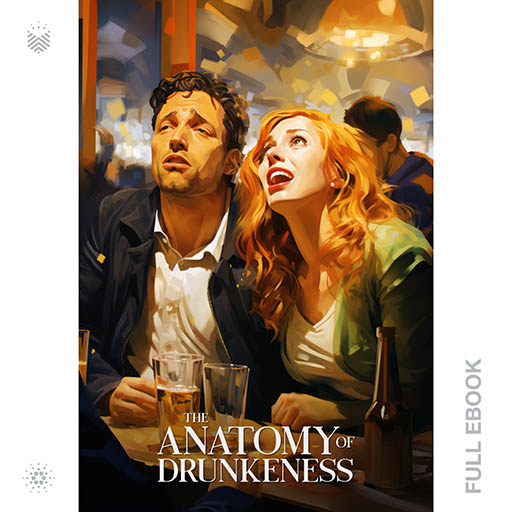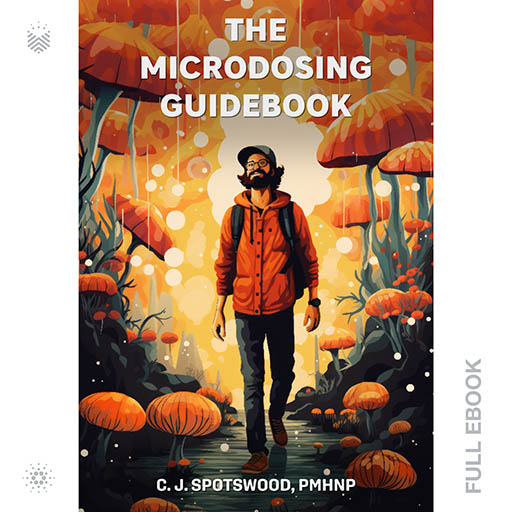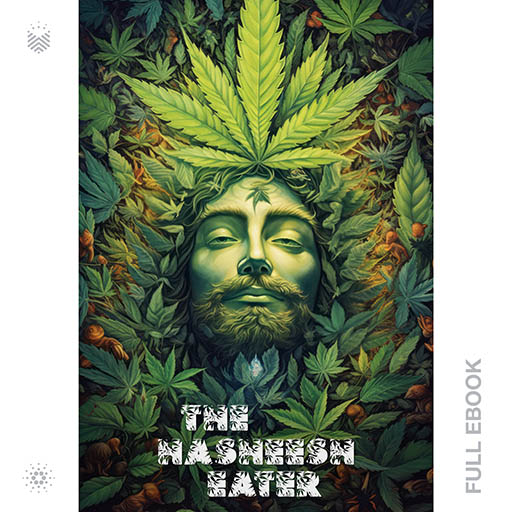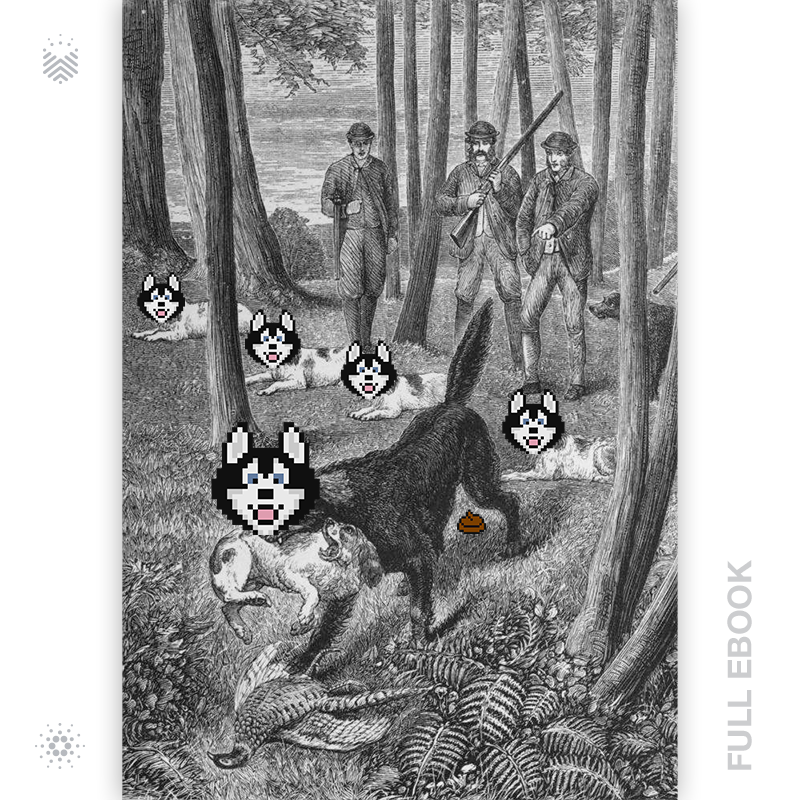by Russell Conwell
Acres of Diamonds by Russell Conwell delivers an inspiring message about opportunity, wealth, and self-reliance, urging readers to recognize that success and prosperity often lie within their own reach. Based on his famous lecture, the book challenges audiences to look closer at their immediate surroundings and abilities rather than seeking fortune elsewhere.
Read More
by James McNeill Whistler
James McNeill Whistler confronts his critics head-on in The Gentle Art of Making Enemies, combining sharp wit, aesthetic theory, and personal defense. He structures the book around his infamous libel case against critic John Ruskin, transforming it into a bold declaration of artistic independence and a caustic critique of the art establishment. Whistler does not plead for approval—he challenges it, mocking convention and defending his reputation with unapologetic elegance.
… Read More
by Ambrose Bierce
Ambrose Bierce’s The Devil’s Dictionary is a masterclass in wit, satire, and cynicism. First published in 1906, this darkly comedic lexicon offers sharp, often scathing redefinitions of common words, exposing the absurdities of human nature, politics, and society. With a biting sense of humor, Bierce transforms language into a weapon, using irony and sarcasm to challenge conventional wisdom and societal hypocrisy.
Through cleverly twisted definitions, The Devil’s Dictionary invites readers… Read More
by Edith Nesbit
The Book of Dragons by Edith Nesbit, a delightful collection of enchanting tales where the magical and mythical come to life. In these stories, dragons are not just fearsome beasts—they are creatures of personality and heart, each with its own unique adventure to tell. From gentle giants to cunning tricksters, Nesbit’s dragons are sure to capture your imagination. Whether they’re befriending humans, guarding treasure, or embarking on thrilling escapades, every story invites you into a worl… Read More
by Ben Jonson
In a witty and provocative exploration of morality and human folly, The Devil is an Ass by Ben Jonson invites readers into a world where vice and virtue clash, revealing the absurdities of societal norms and the complexities of human nature. This satirical comedy, first performed in 1616, cleverly intertwines themes of ambition, deception, and the supernatural, challenging audiences to reflect on the true nature of good and evil.
… Read More
by J.M. Barrie
“My Lady Nicotine,” by J.M. Barrie, delights readers with its humor and charming depiction of Victorian-era life. The narrative revolves around the author’s profound love for smoking, particularly his devotion to his pipe and tobacco. Barrie’s wit shines through as he describes the various characters who share his passion, each bringing their own quirks and stories to the table. The book serves as a nostalgic reflection on the social rituals and simple pleasures associate… Read More
by Frederick A. Talbot
In Frederick Talbot’s “Moving Pictures,” readers are taken on a captivating journey through the history and significance of cinema. Talbot provides a comprehensive examination of the evolution of film, from its humble beginnings as a novelty to its transformation into a powerful cultural phenomenon. Through vivid storytelling and meticulous research, he traces the technological advancements, artistic innovations, and societal influences that have shaped the medium over the deca… Read More
by George P. Putnam
“Nonsenseorship” is a provocative exploration of censorship’s impact on society. Putnam delves into the absurdities of censorship, arguing for the vital importance of free expression. Through vivid examples and persuasive arguments, he challenges readers to reconsider the role of censorship in stifling creativity and intellectual freedom.
Read More
by Apuleius
Apuleius wrote “The Golden Ass,” also known as “Metamorphoses,” an ancient Roman novel in the second century AD. The story follows Lucius, a young man who, after experimenting with magic, transforms into a donkey. This transformation leads Lucius on whimsical adventures where he encounters diverse characters and experiences both humor and profundity.
Read More
by P.T. Barnum
“The Art of Money Getting” is a book written by P.T. Barnum, the famous American showman and businessman, also known for founding the Barnum & Bailey Circus. Originally published in 1880 under the title “The Art of Money Getting, or Golden Rules for Making Money,” this book offers insights and advice on achieving financial success and prosperity.
Read More
by J. Earl Clauson
“The Dog’s Book of Verse, compiled by J. Earl Clauson, is a poetic anthology that joyfully commemorates the unique bond between dogs and their owners.”
by Rick Strassman, MD
Learn everything you need to know about psychedelics with this ultimate guide packed with information on popular psychedelic drugs like psilocybin, ketamine, MDMA, DMT and LSD—plus practical tips for microdosing and how to safely “trip”—from bestselling author Dr. Rick Strassman.
Read More
by Dr. Sigmund Freud
“Dream Psychology” is a book written by Sigmund Freud, the renowned Austrian neurologist and the founder of psychoanalysis. Originally published in 1920, the book explores Freud’s theories on the interpretation of dreams and their connection to the unconscious mind.
Read More
by John Philip Quinn
Published in 1890, the book provides a fictionalized account of the world of gambling and the characters involved in the practice during the mid-19th century. The novel is set in the United States and explores the consequences of gambling and the vices associated with it.
Read More
by Candace Wheeler
“How to Make Rugs”, written by Candace Wheeler, was first published in 1902. Wheeler was a notable American interior and textile designer associated with the Arts and Crafts movement.
Read More
by Thomas De Quincey
“Confessions of an English Opium-Eater” is a famous autobiographical work by the English writer Thomas De Quincey. It was first published in 1821 and has since become a classic in the genre of addiction literature and Romantic literature.
In this work, De Quincey recounts his experiences with opium, which he began using to alleviate various physical and emotional pains. The book is divided into two parts: the first part is a detailed account of his opium addiction, and the second part discus… Read More
by Robert Macnish
“The Anatomy of Drunkenness” is a book written by Robert Macnish, a Scottish physician, and published in 1834. The book provides a comprehensive exploration of the effects of alcohol on the human body and mind. It was one of the earliest scientific works to delve into the physiological and psychological aspects of alcohol consumption and intoxication.
Macnish’s book is divided into several chapters that discuss various aspects of drunkenness, including its causes, symptoms, and consequence… Read More
by C.J. Spotswood
Whether you have experience with psychedelics or are simply curious to learn more, The Microdosing Guidebook has everything you need to get started on your healing journey.
Read More
by Fitz Hugh Ludlow
“The Hasheesh Eater” is a book written by Fitz Hugh Ludlow and published in 1857. It is a memoir that describes the author’s experiences and adventures while under the influence of hashish, a derivative of cannabis. The book is considered one of the earliest accounts of drug experimentation in Western literature.
Fitz Hugh Ludlow was an American writer and explorer who became fascinated with the effects of hashish after reading about its use in Eastern cultures. In “The Hasheesh Eater,�… Read More
by W. N. Hutchinson
For the Cardano enthusiast that needs to master the disobedient dog in their Twitter feed. 40 original covers to the 1865 classic, Dog Breaking by W. N. Hutchinson. Only a true idiot would buy this.
Read More
by William Harrison Ainsworth
The first of William Harrison Ainsworth’s seven “Lancashire novels”, the book is based on the Gunpowder Plot of 1605, an unsuccessful attempt to blow up the Houses of Parliament. Ainsworth embellished the facts of the actual event, and added supernatural elements to the story.
NOTE: The number of books available match the year of the Gunpowder Treason.
Read More

